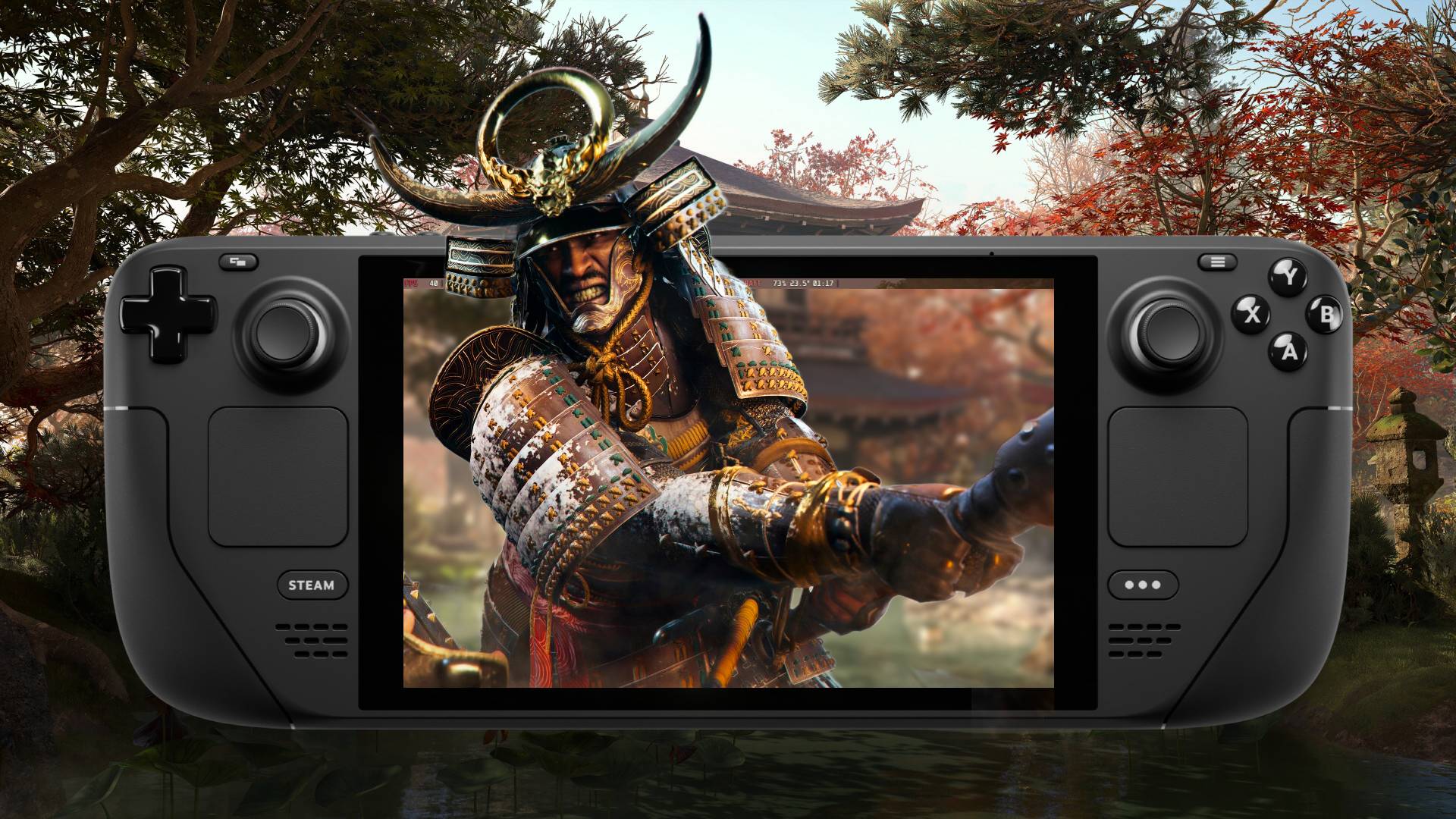We tested Assassin’s Creed Shadows on Steam Deck to see if it deserves its Verified rating

Table of Contents
Assassin’s Creed Shadows is launching on March 20th, which means you’ll be able to get your hands on the game in a couple of days. However, just ahead of the launch, we’ve been able to test the latest entry to the AC franchise – and we thought we’d give it a whirl on our Steam Deck.
Valve’s popular handheld has been struggling to keep up with the demands of some modern AAA titles (Monster Hunter Wilds being a good example), but Ubisoft has already gotten the Steam Deck Verified seal of approval from Valve, so let’s see how that actually translates to in-game performance.
Assassin’s Creed Shadows performance on Steam Deck isn’t bad
AC Shadows will be available on PC via popular platforms such as Steam, Ubisoft Connect, and Epic Games. For reference, our copy of the game is being played through Ubisoft Connect, which meant a little extra work to get it up and running on our Steam Deck.
In any case, we stuck to the game’s default graphics configuration, because there’s no other option. Ubisoft already revealed this nugget of information in its Steam Deck Verified announcement, stating “While graphical settings will be locked at launch, you'll be able to choose the upscalers you want, and we're looking into providing further options in future updates.” So, with that in mind, we tested the game with FSR On and FSR Off.
FSR on
First of all, the blur in the top-left of the following videos serves to hide the current quest information and avoid spoilers, so don’t worry, it’s not a graphical artifact. With that detail out of the way, we can say that the game runs pretty smoothly on the Steam Deck. Starting with FSR toggled on, we managed to hold around 35-40 FPS without experiencing any annoying stutters. You can see how this looks in the video below.
The one thing you may notice is a water flickering issue around the 15-second mark. We cannot comment on exactly what caused this, but it didn’t bear any effect on the actual performance of the game and it wasn’t a consistent visual bug. It’s too early to say whether FSR is at fault here, but it’s worth keeping in mind.
FSR off
With FSR toggled off, we are instead targeting a more cinematic 30 frames per second. As expected, the performance definitely takes a hit once you turn off the upscaling tech, and you can immediately see it is choppier than the FSR gameplay. We would definitely suggest sticking with FSR on, especially as we don’t see any glaringly obvious visual differences aside from the small water flickering issue – and even that seemed to be a rare occurrence.
Is AC Shadows worthy of its Steam Deck Verification?
With our limited amount of time with the game so far, we think that Assassin’s Creed Shadows looks like it has a well-earned Steam Deck Verified badge. It is worth noting that we haven’t been able to test any more demanding scenarios just yet, but performance so far is promising. While you can’t expect to reach the highs of 60 FPS or more given the constraints of the settings menu so far, it’s safe to say that performance is acceptable for the aging Valve handheld.
As Ubisoft says, it is looking at providing more graphical settings for the Deck in the future. If you want better performance in the meantime, it might be worth turning your attention to software such as Lossless Scaling, which recently added adaptive frame generation to its toolkit.
